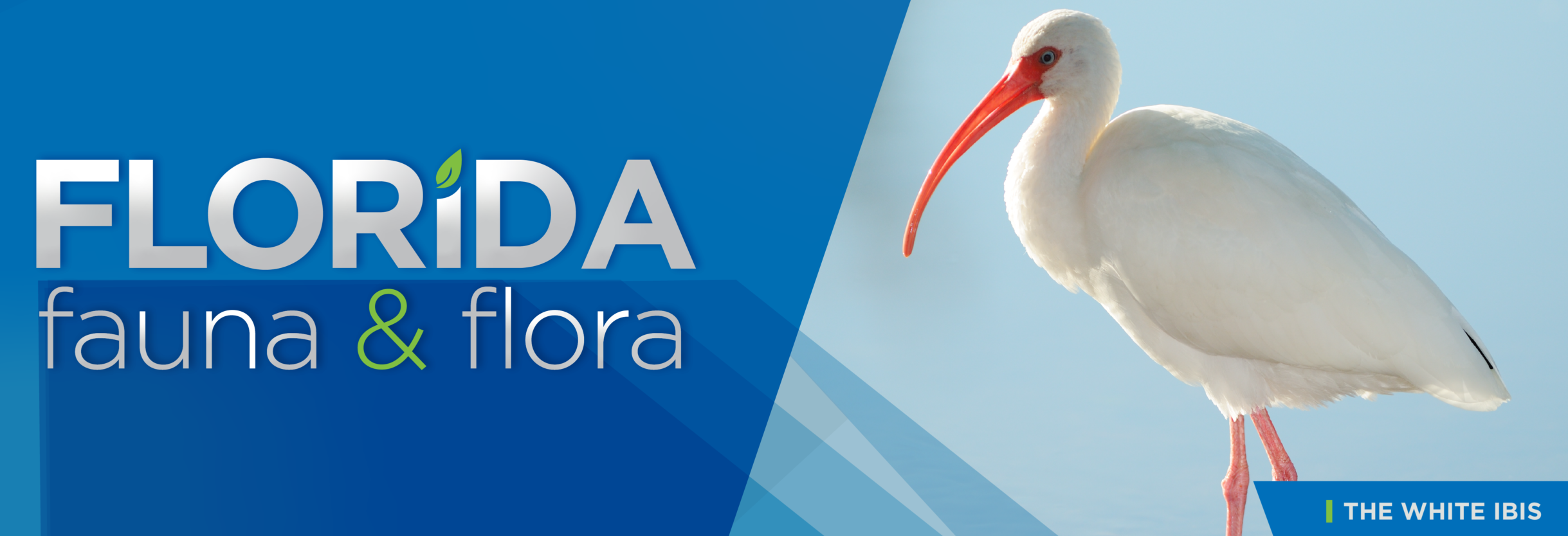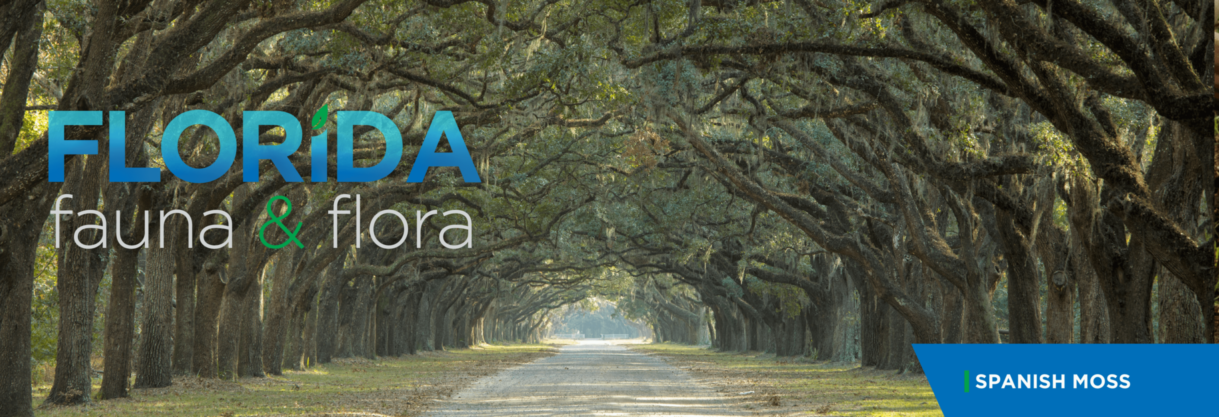Florida Fauna & Flora – White Ibis
The American white ibis is often seen stalking Florida neighborhoods for a snack. With its brilliant white feathers, bright red-orange down-curved bill and long legs, this bird is easy to spot. This medium-sized bird is native to wetlands and is commonly seen wading through shallow water hunting for food. Living mostly on crayfish, the white ibis’ bill allows the bird to eat a wide range of food.
During breeding season, white ibis gather in colonies near water. Both parents care for their young. The ibis has natural predators; however, its greatest threat is humans. Pollution and the destruction of natural marshlands have resulted in the loss of available food and nesting sites. The white ibis is protected by the U.S. Migratory Bird Treaty Act.
The ibis is known to have an instinct for storms and is one of the last animals to take shelter and the first to reappear after a storm. Because of the bird’s resistance to storms, the University of Miami chose the white ibis as the school’s mascot.
Read the full October 2019 SECO News online.




